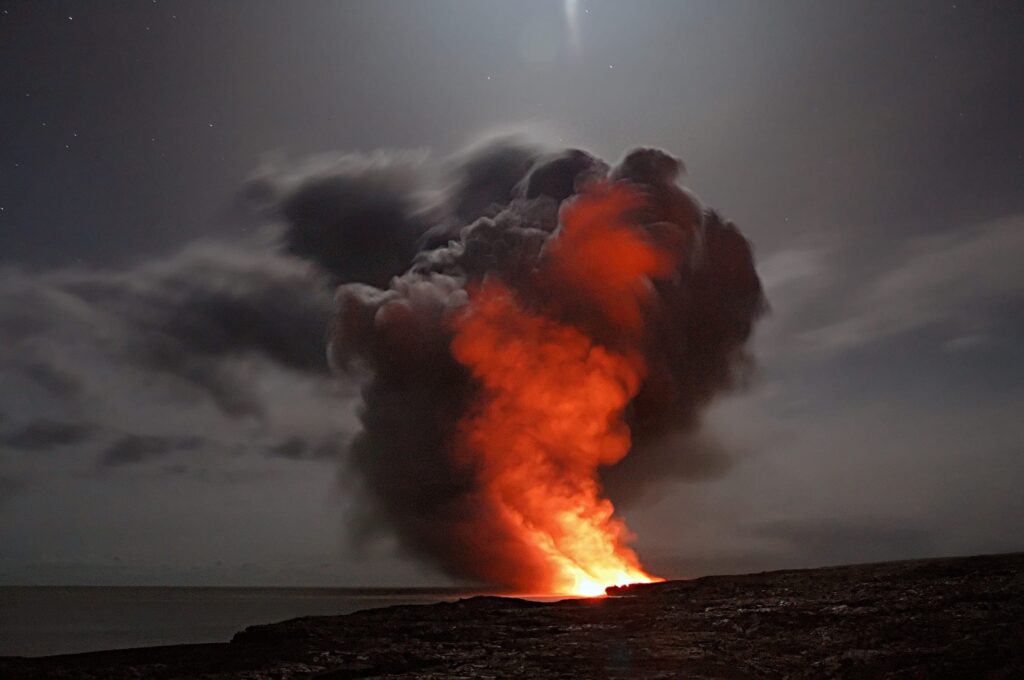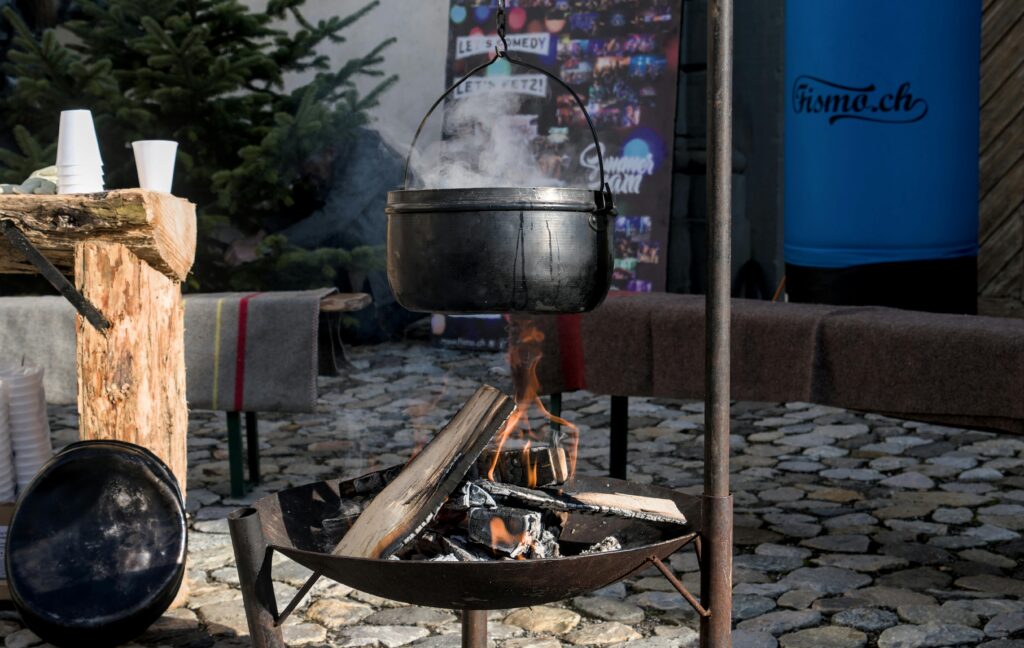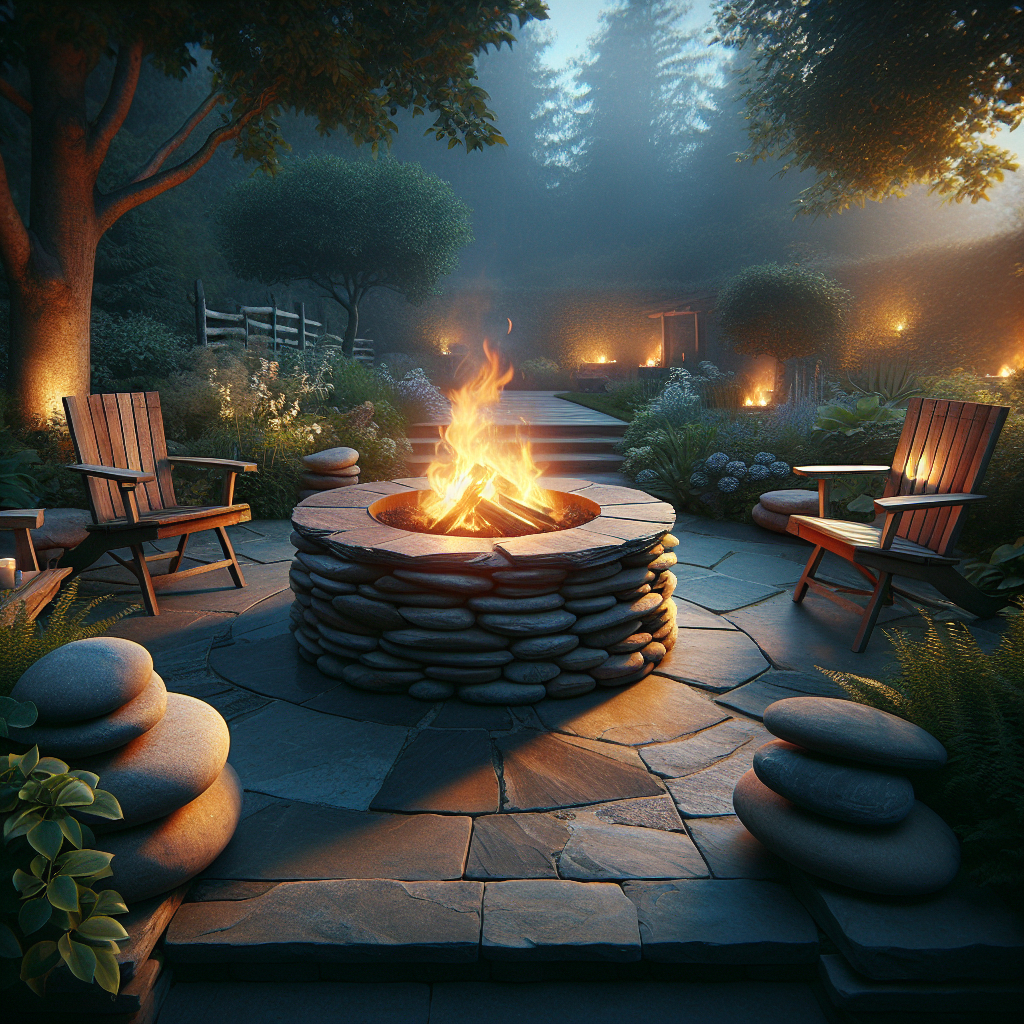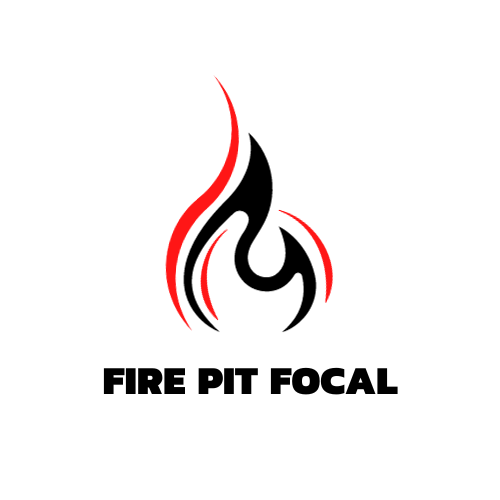Looking to add a cozy and inviting touch to your outdoor space? An outdoor fire pit might be just what you need. But with so many options available, it can be overwhelming to figure out the ideal size for your fire pit. Don’t worry, we’ve got you covered! In this article, we’ll explore the factors to consider when choosing the size of your outdoor fire pit, helping you create the perfect gathering spot for warmth and relaxation in your backyard. So, let’s get started on finding the ideal dimensions for your outdoor fire pit.

Factors to Consider
When choosing an outdoor fire pit, there are several important factors to consider to ensure that you make the right decision. These factors include the available space in your outdoor area, the intended use of the fire pit, and safety considerations.
Available Space
The first factor to consider is the available space in your outdoor area. Take measurements of the area where you plan to install the fire pit to ensure that it will fit comfortably without overcrowding the space. Consider the layout of your outdoor furniture and any other features you have in your yard, such as decks or landscaping. It’s important to choose a fire pit that provides enough room for people to gather around comfortably.
Intended Use
Another important factor to consider is the intended use of the fire pit. Are you looking for a cozy spot to gather with a few close friends or do you plan to host large gatherings? Will you be using the fire pit primarily for warmth and ambiance, or do you also plan to use it for cooking and grilling? By determining your intended use, you can better choose a fire pit that meets your specific needs.
Safety Considerations
Lastly, don’t forget to consider safety when choosing an outdoor fire pit. Take into account the proximity of the fire pit to structures such as your house or a gazebo. Make sure to choose a fire pit that provides enough clearance from overhead obstacles like tree branches or power lines. Additionally, consider the type of surface on which the fire pit will be placed. It should be fireproof to prevent the risk of accidental fires. Lastly, familiarize yourself with any local regulations or permits required for installing a fire pit to ensure that you are in compliance with the law.
Types of Fire Pits
There are several types of fire pits to choose from, each with its own advantages and considerations. These include in-ground fire pits, portable fire pits, built-in fire pits, and chiminea fire pits.
In-Ground Fire Pits
In-ground fire pits are a popular choice for those looking for a more permanent option. These fire pits are installed directly into the ground and can be made from a variety of materials such as concrete or metal. In-ground fire pits offer a natural and rustic look, blending seamlessly into the outdoor environment.
Portable Fire Pits
If flexibility and convenience are important to you, then a portable fire pit may be the right choice. Portable fire pits can be moved around your outdoor space, allowing you to easily reposition them based on your needs. These fire pits are typically lightweight and compact, making them ideal for those with limited space or who enjoy camping and other outdoor activities.
Built-in Fire Pits
Built-in fire pits offer a more permanent and customized solution for your outdoor space. These fire pits are often built into a patio or deck, creating a seamless and integrated look. Built-in fire pits can be made from a variety of materials and can be designed to match the style and aesthetic of your outdoor area.
Chiminea Fire Pits
Chiminea fire pits are a unique and decorative option for your outdoor space. These fire pits feature a tall, chimney-like structure, which allows for better smoke ventilation. Chiminea fire pits are typically made from clay or cast iron and offer both warmth and visual appeal.
Dimensions
When selecting a fire pit, it’s essential to consider its dimensions to ensure it fits well in your outdoor space and provides a comfortable experience for those gathered around it. Key dimensions to consider include the diameter, height, and depth of the fire pit.
Diameter
The diameter of a fire pit refers to the width of its circular top surface. It’s an important factor to consider as it determines how much space is available for the placement of logs and the number of people who can comfortably gather around the fire pit. Depending on the intended use and the size of your outdoor area, you can choose a fire pit with a smaller diameter for intimate gatherings or a larger diameter for larger gatherings.
Height
The height of a fire pit plays a crucial role in both the aesthetics and functionality of the fire pit. A taller fire pit can offer a better view of the flames, creating a more impressive visual effect. Additionally, a taller fire pit can help radiate heat more effectively, providing warmth to those seated further away. However, it’s important to choose a height that is safe and allows for easy access to the fire pit.
Depth
The depth of a fire pit determines how much firewood it can hold and how long the fire will burn. A deeper fire pit can hold more firewood, allowing for longer burning times without the need for constant refueling. On the other hand, a shallower fire pit may be more suitable for smaller gatherings or areas with limited space.
Determining Size Based on Intended Use
To ensure that your fire pit meets your specific needs, it’s important to consider the intended use when determining its size. Whether you’re planning intimate gatherings, large parties or want to cook and grill, there’s a fire pit size that’s just right for you.
Intimate Gatherings
If you’re primarily looking to create a cozy spot for intimate gatherings with close friends or family, a smaller fire pit may be the best choice. A fire pit with a diameter of around 30-36 inches can comfortably accommodate a small group of people and provide a warm and inviting atmosphere.
Large Gatherings
For those who plan to host larger gatherings or parties, a larger fire pit is recommended. A fire pit with a diameter of 48 inches or more can comfortably accommodate a larger group of people and provide ample space to gather around. This size of fire pit allows for more interaction and ensures that everyone can enjoy the warmth and ambiance.
Cooking and Grilling
If you also plan to use your fire pit for cooking and grilling, it’s important to choose a size that suits your culinary needs. A fire pit with a larger diameter provides more space for cooking utensils and can accommodate larger grilling surfaces. This allows for more versatility and the ability to cook for a larger group of people.

Safety Considerations
Safety should always be a top priority when using an outdoor fire pit. To ensure a safe and enjoyable experience, there are several safety considerations to keep in mind.
Distance from Structures
When choosing the location for your fire pit, it’s important to consider the distance from nearby structures, such as your house, garage, or a gazebo. It’s recommended to keep a distance of at least 10 feet from any combustible materials to reduce the risk of accidental fires.
Clearance from Overhead Obstacles
In addition to considering the proximity to structures, it’s crucial to ensure there is enough clearance from overhead obstacles, such as tree branches or power lines. By maintaining a safe distance, you can reduce the risk of sparks or embers causing a fire or damaging property.
Fireproof Surface
The surface on which your fire pit is placed should be fireproof to prevent any accidental fires. Avoid placing your fire pit directly on a wooden deck or other flammable surfaces. Instead, choose a fireproof surface such as concrete, brick, or stone. This ensures that any sparks or embers that may escape the fire pit won’t cause damage or start a fire.
Permit and Local Regulations
before installing a fire pit, make sure to check with your local authorities regarding any permits or regulations that may be required. Some areas may have specific guidelines regarding the size, type, or location of fire pits. By complying with these regulations, you can ensure a safe and legal installation.
Additional Features and Considerations
In addition to the size and safety considerations, there are several additional features and considerations to keep in mind when choosing an outdoor fire pit.
Seating Capacity
Consider the seating capacity you’ll need for your fire pit. Depending on the size of your outdoor area and the number of people you plan to accommodate, choose a fire pit that offers enough space for seating. Some fire pits come with built-in seating, while others may require separate seating arrangements.
Accessibility
Ensure that your fire pit is easily accessible for everyone using your outdoor space. If you have family members or guests with mobility challenges, consider a fire pit with a lower height or built-in seating that offers easy access. Additionally, make sure that the pathway leading to the fire pit is well-lit and free from any tripping hazards.
Lighting and Heating Efficiency
Consider the lighting and heating efficiency of your fire pit. Some fire pits come with built-in lighting features, creating a warm and inviting atmosphere after the sun goes down. Additionally, certain fire pit designs, such as those with a chimney or reflector, can help maximize the heat output, ensuring that everyone feels warm and cozy even on colder evenings.

Material Selection
The material used in the construction of your fire pit not only impacts its durability but also contributes to its overall aesthetic appeal. Two common materials for outdoor fire pits are metal and stone/concrete.
Metal Fire Pits
Metal fire pits, such as those made from steel or cast iron, offer durability and strength. They are resistant to heat and weather conditions, making them suitable for long-term outdoor use. Metal fire pits often feature intricate designs and can add a modern or industrial touch to your outdoor space.
Stone and Concrete Fire Pits
Stone and concrete fire pits are a popular choice for those seeking a more natural and rustic look. These fire pits are generally heavier and more substantial, adding a sense of permanence to your outdoor area. Stone and concrete fire pits can be customized to match the existing hardscape elements in your yard, creating a cohesive and visually appealing outdoor space.
Budget Considerations
When planning for an outdoor fire pit, it’s important to consider your budget not only for the initial installation but also for long-term maintenance costs.
Cost of Installation
The cost of installation can vary depending on the type of fire pit you choose and any additional features or materials required. In-ground fire pits or built-in fire pits may require professional installation, which can incur additional costs. On the other hand, portable fire pits or chiminea fire pits may be less expensive and easier to install on your own.
Maintenance Costs
Consider the long-term maintenance costs associated with your chosen fire pit. Metal fire pits may require periodic re-painting or rust prevention treatments. Stone or concrete fire pits may need occasional sealing or repairs. Additionally, factor in the cost of firewood or fuel if you plan to use your fire pit frequently.

Common Mistakes to Avoid
To ensure that you have a positive outdoor fire pit experience, there are several common mistakes that you should avoid.
Choosing an Oversized Fire Pit
Choosing an oversized fire pit for your outdoor space can result in an unbalanced look and make it difficult for people to gather comfortably. It’s important to consider the dimensions of your outdoor area and the number of people you plan to accommodate to choose a fire pit that provides an optimal balance.
Insufficient Clearance
Failing to provide sufficient clearance for your fire pit can lead to safety hazards. Ensure that there is enough distance from structures and overhead obstacles to reduce the risk of accidental fires or damage.
Neglecting Safety Regulations
Neglecting safety regulations and local permits can lead to legal issues and safety hazards. Always familiarize yourself with any regulations or permits required for installing a fire pit in your area and ensure that you comply with them.
Conclusion
Choosing the ideal size for your outdoor fire pit involves considering factors such as available space, intended use, and safety considerations. By taking into account the dimensions, such as diameter, height, and depth, you can ensure that your fire pit provides a comfortable and enjoyable experience. Remember to prioritize safety by maintaining proper clearances and selecting a fireproof surface. Additionally, consider additional features, material selection, and your budget to make an informed decision. By avoiding common mistakes and following these guidelines, you can create a welcoming outdoor space that will be enjoyed for years to come.



